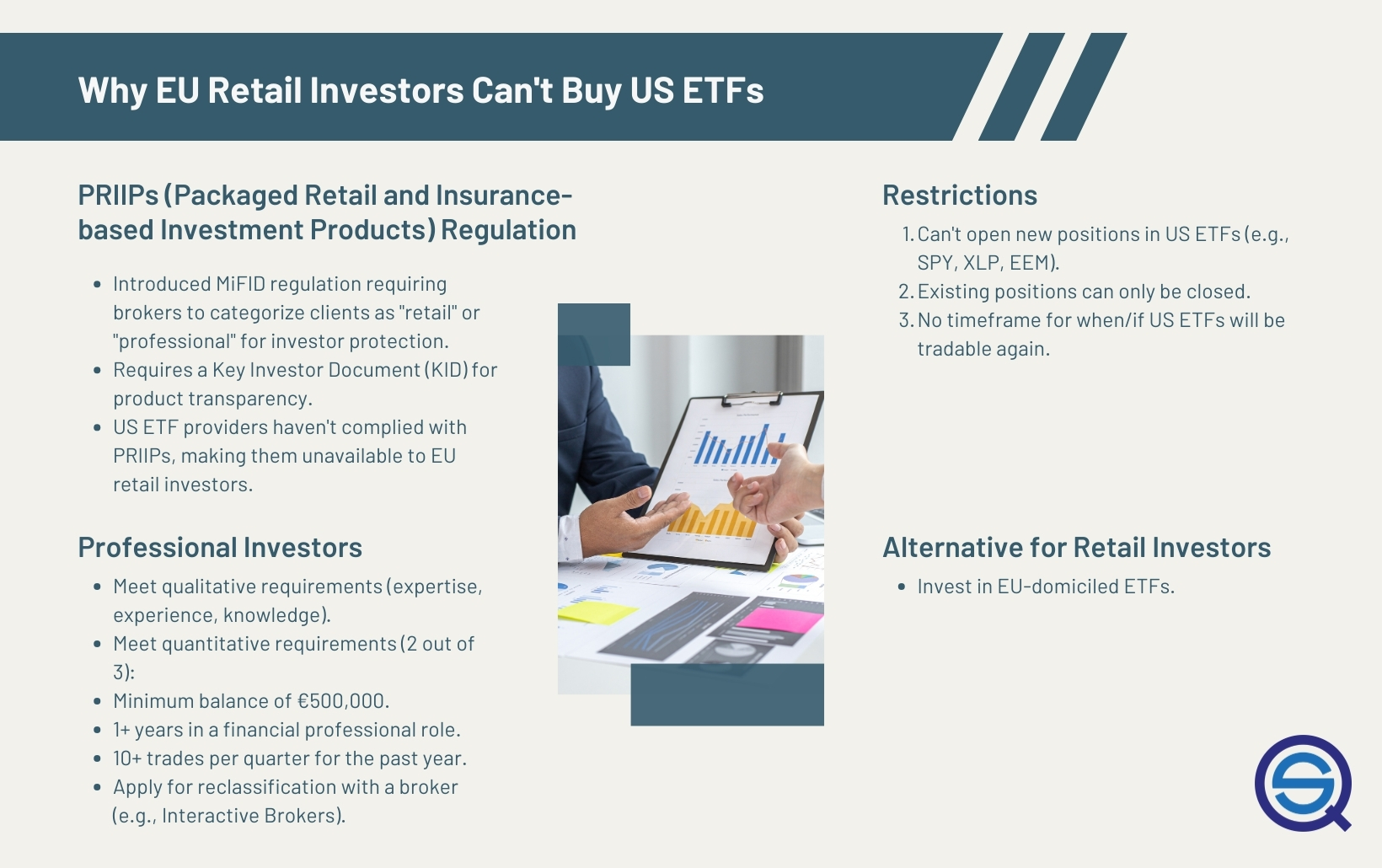Did you know that using too much leverage in trading can be like trying to ride a bicycle while juggling flaming torches? It’s risky business! In this article, we dive into the essential restrictions on leveraged trading for day traders, covering key points such as legal leverage limits, varying regulations by asset class, and the impact of these restrictions on trading strategies. We’ll also explore how leverage rules differ across countries, the compliance requirements in place, and the protective measures designed to shield traders from significant losses. Understanding these factors is crucial for anyone navigating the fast-paced world of day trading, and at DayTradingBusiness, we’re here to guide you through it all.
What are the main restrictions on leveraged trading for day traders?
Day traders face limits on leverage, often restricted to 2:1 or 4:1 depending on the asset and regulatory rules. Many jurisdictions require minimum equity balances—like $25,000 in the U.S.—to engage in pattern day trading, limiting leverage if below that. Some brokers impose stricter margin requirements or restrict leverage during volatile markets. Overall, regulators and brokers enforce leverage caps to prevent excessive risk and protect traders from significant losses.
How much leverage can day traders legally use?
In the U.S., pattern day traders can use up to 4:1 leverage on margin accounts, meaning they can trade four times their account balance. Non-pattern day traders are limited to the standard 2:1 margin leverage. In other countries, leverage limits vary but are typically set by financial regulators; for example, the UK and EU often cap leverage at 2:1 for retail traders. Always check your local regulations, as exceeding these limits is illegal.
Are there limits on leverage for different asset classes?
Yes, leverage limits vary by asset class; stocks often have a maximum of 2:1 to 4:1, forex can go up to 30:1, and cryptocurrencies typically have lower or no official limits. Regulatory bodies set these caps to control risk and protect traders.
What are the margin requirements for leveraged trading?
Margin requirements for leveraged trading typically range from 1% to 10%, depending on the asset and broker. For day traders, a common rule is a minimum margin of 25% (4:1 leverage), but some markets require higher or lower margins. Regulatory bodies often set minimum margin levels—like the SEC’s pattern day trader rule requiring $25,000 in account equity for active day trading. Always check your broker’s specific margin policies and the regulatory limits in your country.
How do leverage restrictions vary by country?
Leverage restrictions for day traders differ widely by country. In the U.S., regulators limit retail leverage to 2:1 for stocks and 30:1 for forex. The European Union enforces a maximum of 30:1 for major currency pairs and lower for others. In Australia, ASIC caps leverage at 30:1 for major forex pairs, lower for minors. Japan restricts leverage to 25:1 for retail forex trading. Canada allows up to 50:1 for forex but varies by province. These restrictions aim to protect traders from excessive risk and market volatility.
Are there restrictions for retail versus professional traders?

Yes, retail traders face stricter leverage limits than professional traders. Retail traders are often restricted to lower leverage ratios, such as 30:1 or 50:1, depending on the asset and jurisdiction. Professional traders, who meet specific criteria like significant trading experience and capital, can access higher leverage, sometimes up to 200:1 or more. These restrictions aim to protect less experienced traders from excessive risk.
What are the regulatory rules for leverage in forex trading?
Forex trading leverage restrictions vary by country. In the US, the CFTC caps leverage at 50:1 for major currency pairs and 20:1 for others. EU regulations limit retail traders to 30:1 leverage. Australia’s ASIC restricts leverage to 30:1 for major pairs and less for minors. Japan’s FSA sets leverage at 25:1. These rules aim to protect traders from excessive risk but vary depending on jurisdiction.
How do leverage limits impact day trading strategies?
Leverage limits restrict the amount of borrowed money day traders can use, reducing potential gains but also lowering risk. They prevent traders from taking excessively large positions, encouraging more cautious trading. With lower leverage, day traders must rely on smaller positions, which can limit profit potential but protect against extreme losses. These restrictions force traders to develop strategies that prioritize risk management and precise entry and exit points.
What are the risks associated with high leverage?
High leverage increases the risk of significant losses, potentially wiping out your trading account quickly. It amplifies market swings, making small moves feel much bigger. If the market moves against your position, you might face margin calls or forced liquidation. Overleveraging can lead to emotional trading decisions and financial ruin. For day traders, strict limits on leverage are often set to prevent excessive risk and protect their capital.
Are there specific leverage caps for cryptocurrency trading?
Yes, many countries impose leverage caps on cryptocurrency trading. For example, the European Union limits crypto leverage to 2:1 for retail traders, while the US generally restricts leverage to 2:1 or 3:1 on certain exchanges. These caps aim to reduce risk for retail traders and prevent excessive losses.
How do brokers enforce leverage restrictions?
Brokers enforce leverage restrictions by setting maximum leverage limits based on regulatory rules, like 30:1 for forex or lower for stocks. They automatically limit the size of trades or margin levels to prevent traders from exceeding these caps. When a trader tries to open a position that surpasses the allowed leverage, the broker blocks the trade or adjusts the margin requirement. They also monitor trading activity to ensure compliance and may send alerts or close positions if leverage limits are breached.
Can leverage limits change based on market conditions?
Yes, leverage limits can change based on market conditions. Regulatory authorities may adjust leverage restrictions during high volatility or market stress to protect traders and maintain stability. For example, during turbulent times, regulators might lower maximum leverage to reduce risk exposure for day traders.
What are the compliance requirements for leveraged trading?
Leveraged trading restrictions for day traders include limits on maximum leverage, often capped at 2:1 or lower depending on the regulator, to prevent excessive risk. Brokers must provide clear risk disclosures and ensure traders understand margin requirements. Some jurisdictions require minimum account balances for high-leverage trading, and traders may face restrictions on trading certain volatile assets with high leverage. Regulatory bodies like the FCA, SEC, or ASIC enforce these rules to protect retail traders from excessive losses.
How do leverage restrictions protect traders from losses?
Leverage restrictions limit how much traders can borrow, reducing their exposure to large losses. They prevent traders from taking on excessive risk by capping leverage ratios, so if the market moves against them, losses stay manageable. For example, reducing leverage from 10:1 to 2:1 means a smaller price move can wipe out their position, protecting their capital. These limits prevent impulsive, high-risk trades that could wipe out accounts quickly. Overall, leverage restrictions act as a safeguard, helping traders avoid catastrophic losses during volatile market swings.
Are there restrictions on leverage during volatile markets?
Yes, leverage restrictions often tighten during volatile markets. Regulators and brokers may lower maximum leverage limits or temporarily suspend high-leverage trading to reduce risk. This helps protect traders from large losses when market swings are unpredictable.
Conclusion about What are the restrictions on leveraged trading for day traders?

In summary, leveraged trading for day traders is subject to numerous restrictions that vary by asset class, regulatory environment, and trader classification. Understanding these constraints is crucial for developing sound trading strategies and managing risks effectively. DayTradingBusiness provides essential insights into navigating these complexities, ensuring traders can make informed decisions in a dynamic market landscape.
Learn about Are there restrictions on trading certain securities for day traders?
Sources:
- Should retail investors' leverage be limited? - ScienceDirect
- Testing market regulations in experimental asset markets – The ...
- Preventing deforestation while leveraging trade for development
- Red Sea Attacks Disrupt Global Trade
- Leverage constraints and investors' choice of underlyings ...
- The effect of margin trading, stock index futures, and firm ...